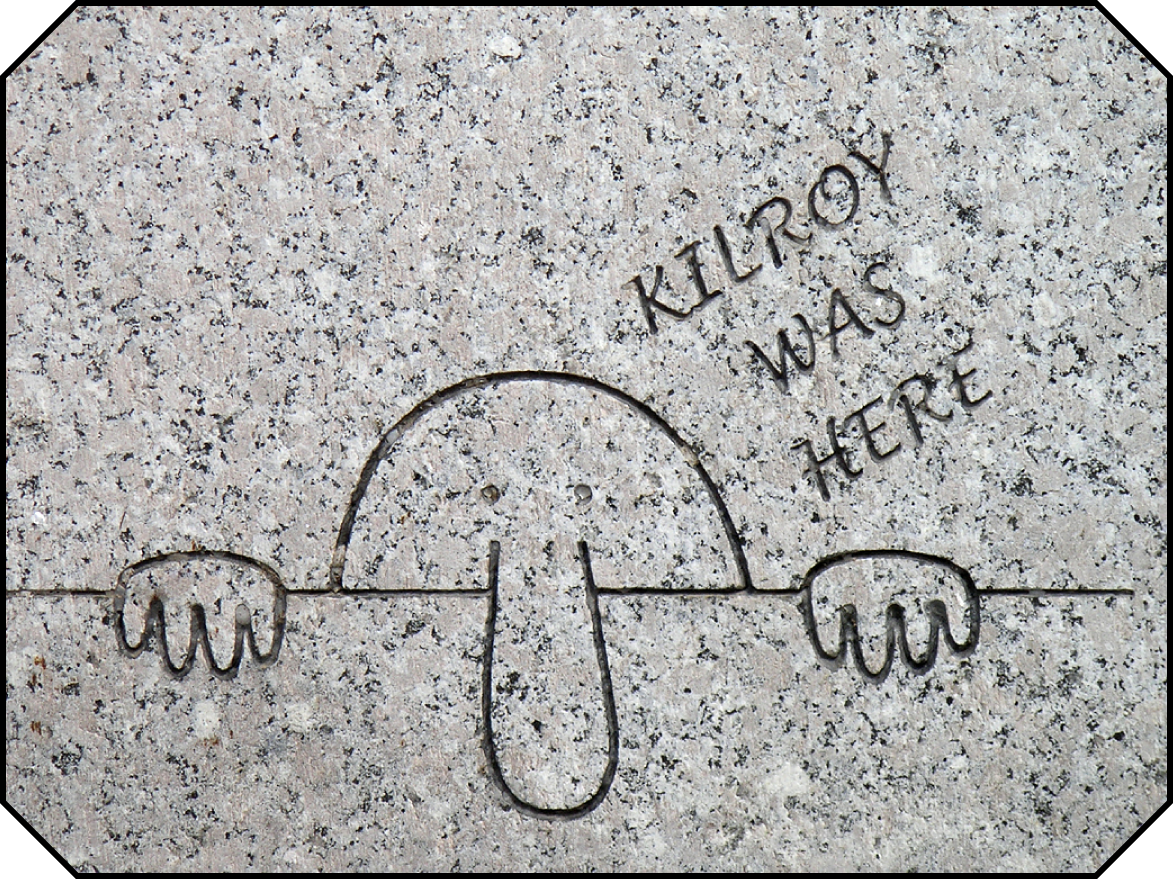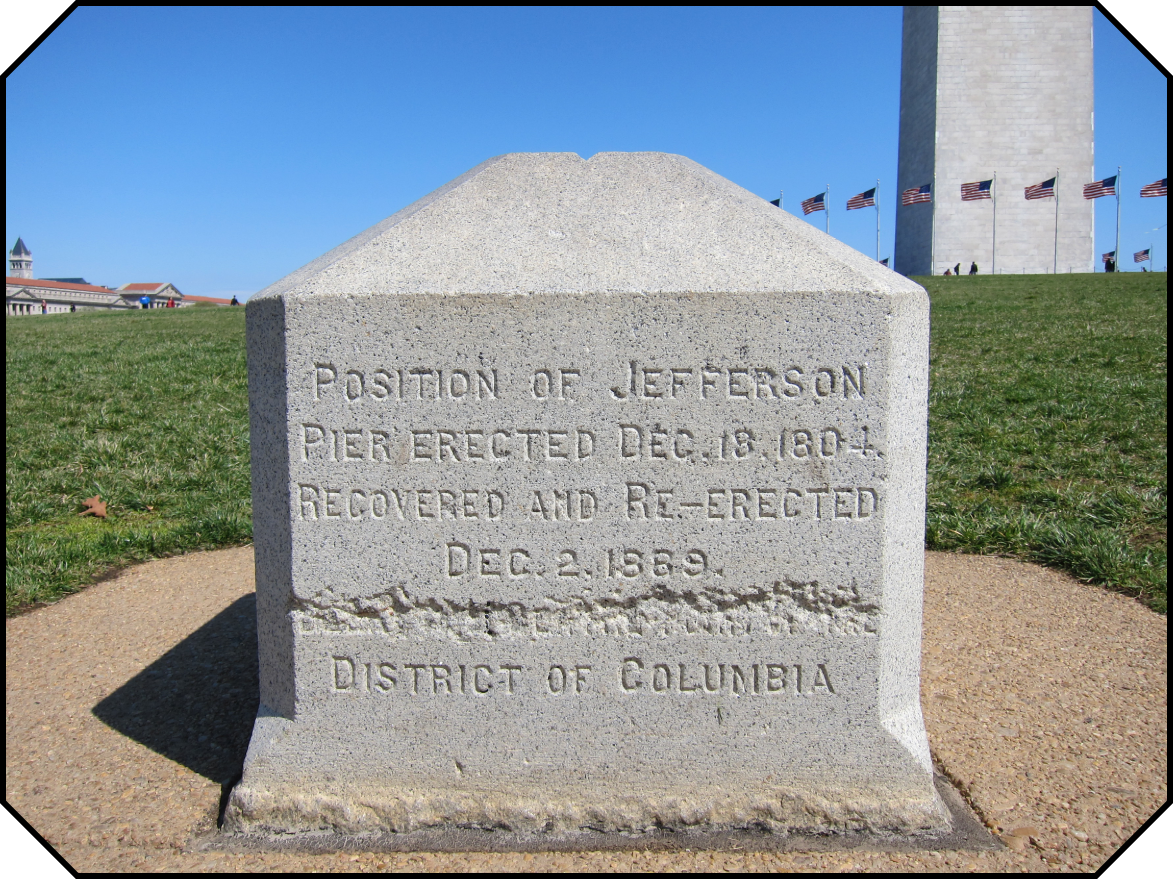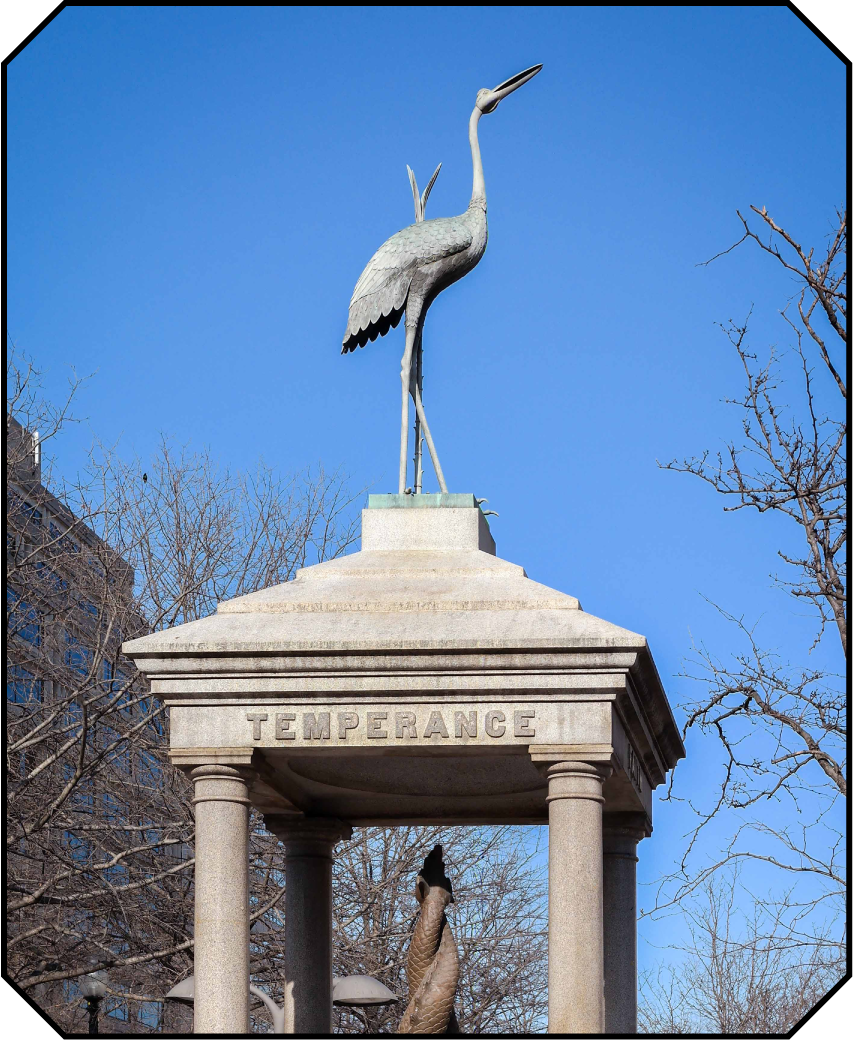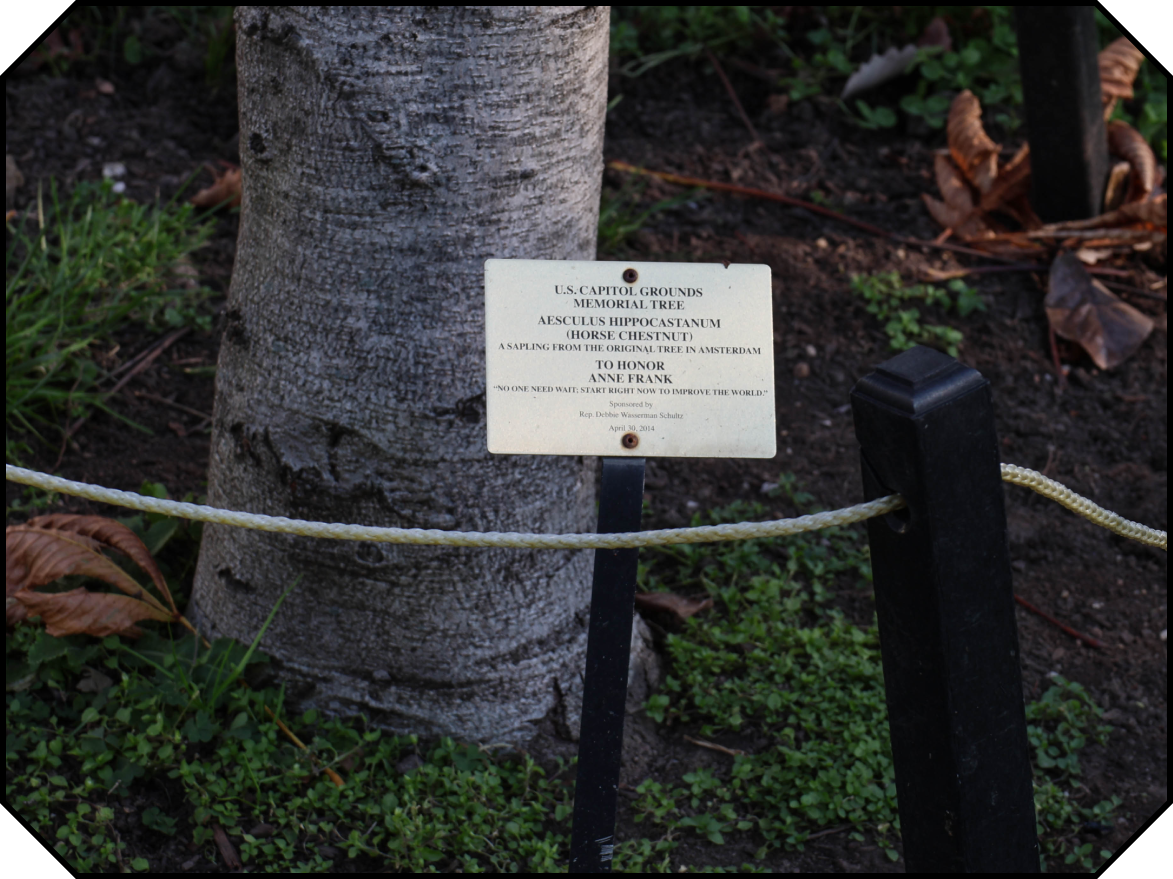Contents
World War II Memorial
Hidden Gem: “Kilroy Was Here”
1750 Independence Ave., SW

Kilroy, a character that American troops graffitied onto ships, planes, and walls throughout WWII battlefronts, is still here. You can find the bald, long-nosed cartoon peering over an illustrated ledge on the Atlantic and Pacific sides of the memorial, along with the then-ubiquitous words kilroy was here.
Washington Monument
Back to TopHidden Gem: Jefferson Pier
2 15th St., NW

A three-foot-tall stone pillar sits in the middle of a grassy field, about 400 feet northwest of the monument. Located directly south of the White House, the structure marks what Thomas Jefferson hoped would become the country’s prime meridian, or a global-reference longitude of 0 degrees. You may notice a line of text is haphazardly chiseled out: This is where the stone had, at one point, erroneously declared itself the center of DC.
National Archives
Back to TopHidden Gem: Temperance Fountain
678 Indiana Ave., NW

Across the street from the Navy Memorial and National Archives, you’ll find a small, heron-topped pavilion sheltering a sculpture of two intertwined fish with large mouths ajar. In the late 19th century, temperance crusader Henry Cogswell donated it to the city. His hope? That people would drink from the fountain–which has long run dry–rather than at nearby saloons.
US Capitol
Back to TopHidden Gem: Anne Frank Tree
First and E. Capitol sts., NE

“Our chestnut tree is in full bloom,” Anne Frank wrote in her diary on May 13, 1944. “It’s covered with leaves and is even more beautiful than last year.” Anne’s tree–a small sign of hope she could see while in hiding–fell in 2010, but its legacy lives on the Capitol’s west lawn, where one of its saplings was planted in 2014. A plaque at the base reads: “No one need wait; start right now to improve the world.”
Photograph of “Kilroy was here” by Luis Rubio/Wikimedia.
Photograph of stone pillar by Something Original/Wikimedia.
Photograph of Temperance Fountain by Smash the Iron Cage/Wikimedia.
Photographs of Anne Frank Tree by Evy Mages.
This article appears in the January 2024 issue of Washingtonian.








